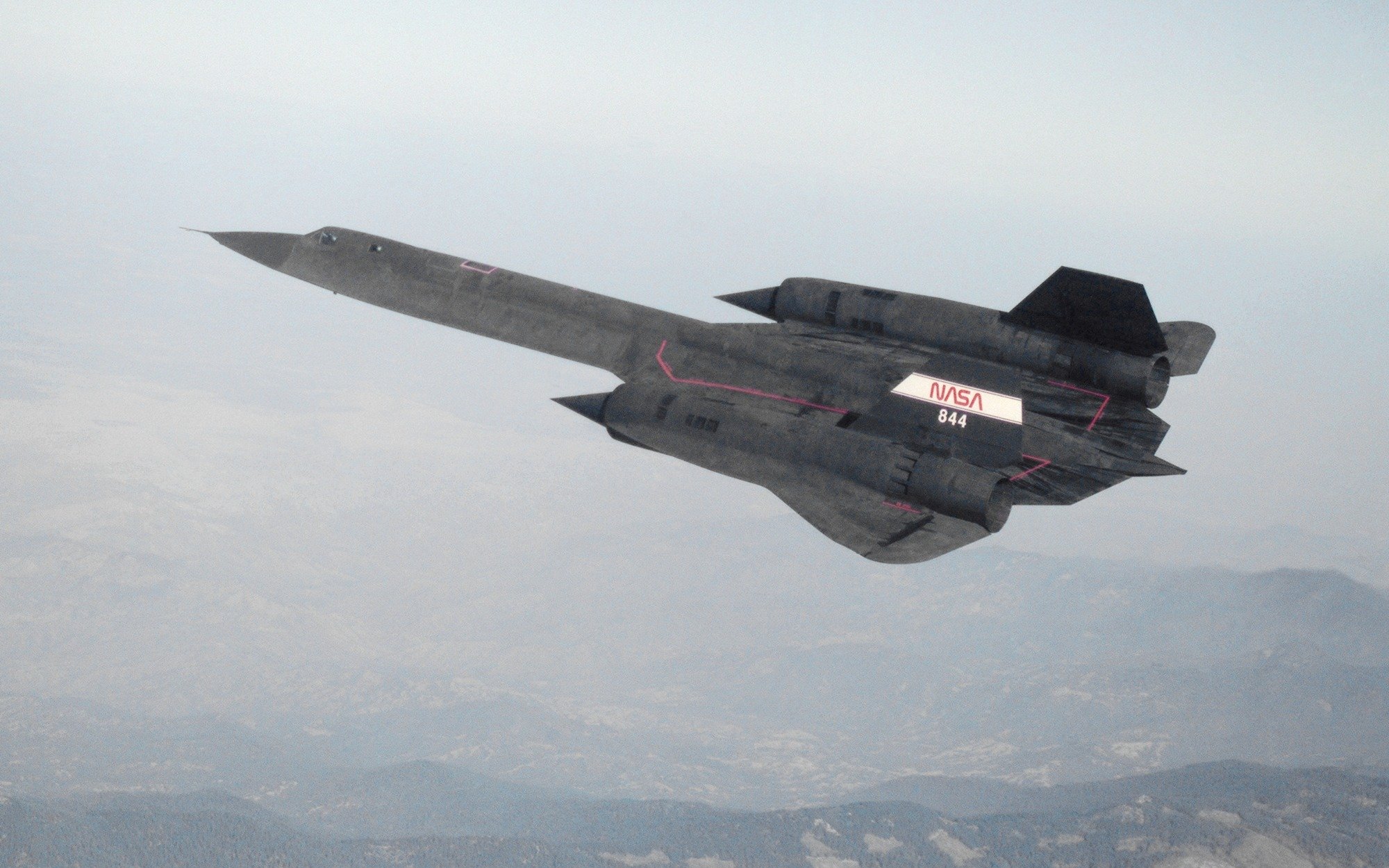Could the SR-71 Blackbird Make the Ultimate Comeback?
The SR-71 Blackbird, an iconic Cold War spy plane, was retired in 1999, but its legacy as a symbol of American technological superiority remains strong.
Summary and Key Points: The SR-71 Blackbird, an iconic Cold War spy plane, was retired in 1999, but its legacy as a symbol of American technological superiority remains strong.
-Despite being replaced by satellites and drones for intelligence gathering, many believe the SR-71 deserves a revival due to its unmatched speed, innovation, and dynamic capabilities.
-Although reconstituting the program would be costly and complex, the SR-71, enhanced by modern technology like drones, could offer unique advantages in intelligence operations.
-Reviving the SR-71 would not only honor its legacy but also potentially enhance U.S. surveillance capabilities.
Bring the SR-71 Blackbird Back
A technological marvel, the SR-71 Blackbird was more than a spy plane. Despite its secretive nature, it became a symbol of American technological superiority during the Cold War. Indeed, over its short lifespan, the Blackbird broke multiple flying records. The great bird was ultimately retired in 1999, and many still long for the days when the Blackbird zipped across the unfriendly skies at supersonic speeds.
Of course, unmanned satellites in orbit can do the SR-71’s job just as well, and cheaper, than the Blackbird. But there is something elegant about the human touch that this spy machine required.
The SR-71 was designed as a replacement for the legendary U-2 Spy Plane. The Blackbird was designed at a time when the Cold War was heating up. Situational awareness and the ability to fly over the USSR and its satellites at will – and to outrun any anti-aircraft systems the Reds could deploy – were key elements undergirding the SR-71 program.
The Geopolitical Context
With the collapse of the USSR, the expensive and complex SR-71 was deemed too costly to continue. Another problem facing the SR-71 program with the fall of the Soviet Union was the rise of America’s “unipolar moment.” Because there were no real near-peer challengers to the United States at the time, it was deemed imprudent and impractical to maintain the program. Satellites provided a more robust surveillance capability.
The lack of a near-peer rival led to many poor decisions. Former President Bill Clinton’s decision to terminate this program in 1999 might be one of them.
Certainly, satellites can do a more variegated job of maintaining persistent surveillance over enemies. At the same time, though, the SR-71 was a highly advanced plane. Not only did it break flying records, but it also allowed for dynamic innovation that was translated across the aerospace sector, military and civilian alike.
There was even an attempt to restart the program.
Bringing Back the SR-71 to Fight Terror Groups?
According to Brent M. Eastwood, the U.S. intelligence community after the 9/11 attacks “mused as to whether the SR-71 could make a comeback.” Eastwood explains that, “They estimated that it would take $45 million to jump-start the airplane and give it operating funds for a year. They figured that in only 60 to 90 days they could get the Blackbird to start flying missions again and deliver intelligence data during what was going to be a decades-long global war on terror.”

Reconstituting this iconic program would not have been that hard. A slight upgrade of the Blackbird’s datalink would allow for the interface of Blackbird surveillance with intelligence analysis. The real complicating factor was the need to train new technicians and pilots. But that wouldn’t have been a huge problem, given that back in 2001-2002, many of the program’s engineers and pilots were still alive and well.
There was also the matter of spare parts. The SR-71 was a beast to fly, and she was built for speed. Further, even when flying at her supersonic speeds, pilots reported wear and tear on the birds from the extreme flying conditions. Maintaining these birds was always a complicated and costly affair, and there would be few people to fully train new technicians in the maintenance of this sophisticated bird.
Complicating Factors
Of course, there would also be the pilot issue. Only a handful of American pilots had ever flown the Blackbird. Training new pilots would have been a dangerous affair, and expensive.
Still, the SR-71 deserved better than what it ultimately got. What it got, in the end, was its wings sawed off and handed over as a museum piece. A group just outside Edwards Air Force Base, which includes former Blackbird pilots, engineers, and technicians, maintains these birds. But the SR-71s were gutted by the U.S. government before they were handed over.

Beyond satellites, the advent of drones has further changed the requirements and efficacy of using this bird. Indeed, between satellites and drones, the SR-71 seems a bit redundant. Nevertheless, it wasn’t a bad idea to want to reconstitute this program.
That’s not just because it’s a cool system.
It is also because the SR-71, boosted by drone abilities, would gain capabilities that allow it to run roughshod over its foes and collect all the useful data of an enemy that it could.
The SR-71 should be brought back to service.
Author Experience and Expertise: Brandon J. Weichert
Brandon J. Weichert, a National Interest national security analyst, is a former Congressional staffer and geopolitical analyst who is a contributor at The Washington Times, the Asia Times, and The-Pipeline. He is the author of Winning Space: How America Remains a Superpower, Biohacked: China’s Race to Control Life, and The Shadow War: Iran’s Quest for Supremacy. His next book, A Disaster of Our Own Making: How the West Lost Ukraine, is due October 22 from Encounter Books. Weichert can be followed via Twitter @WeTheBrandon.
All images are Creative Commons or Shutterstock.
From the Vault
Russia Freaked Out: Why the U.S. Navy 'Unretired' the Iowa-Class Battleships
Battleship vs. Battlecruiser: Iowa-Class vs. Russia's Kirov-Class (Who Wins?)


